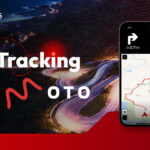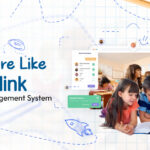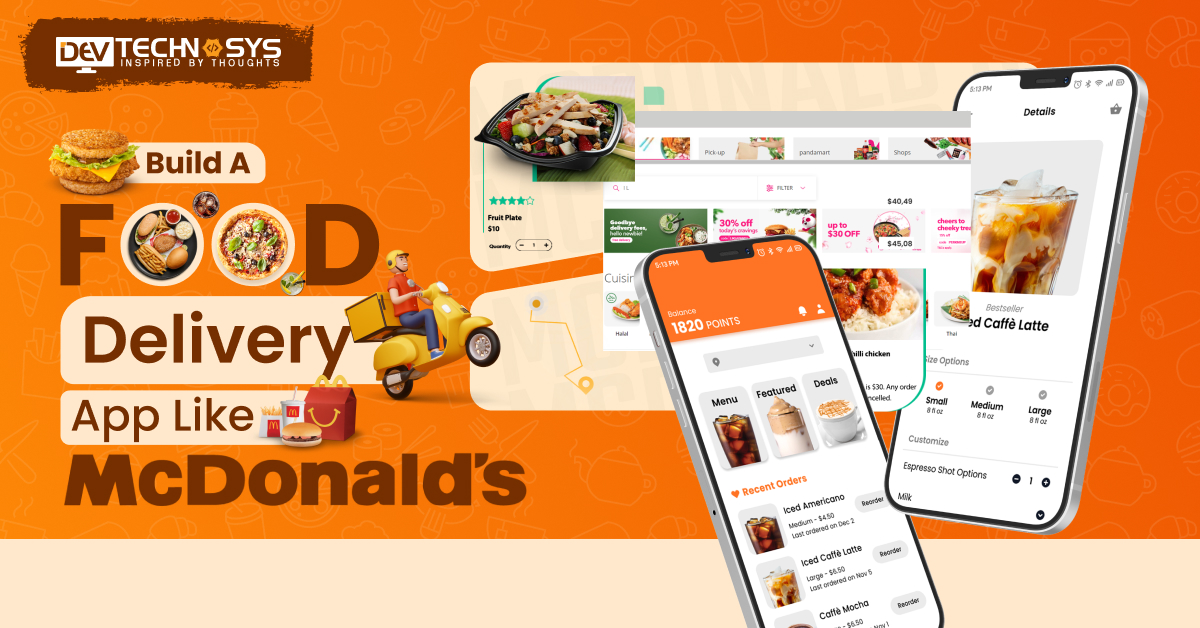The entire world is under huge clouds of uncertainty and living in desperation. The imminent fear is arising due to the outbreak of COVID-19, along with its impact on the psychology of every person as well as their behavior, which is quite unimaginable.
It is not only affecting the personal life but also the professional life of the people. To reduce the spread of the COVID-19, simple yet effective measures of protection like social distancing along with regular hand washing are being suggested to be adopted by the people in order to control the spread.
Furthermore, people are trying to cut down the daily contact with strangers as well as with items or even exposed surfaces that are touched by many people in order to avoid the overall possibility of obtaining the infection.
Essentially, there are certain items like remote controls and switches, which everyone ends up using and touching multiple times on a particular day when there is a health scare that we are witnessing currently.
Among the technologies which can help eliminate the inherent need of touching and getting in contact with these items is the IoT or Internet of Things.
This can easily prevent diseases like COVID-19 by means of eliminating the overall need to touch items in order to operate them in different scenarios, whether it is home, offices, and hotels.
Now let’s look at how the Internet of Things Solutions can assist in controlling the spread. We will discuss the application of IoT and its benefits along with its role in smart workplaces.
Smart Homes
Certainly, there is a wide range of IoT devices like smart locks, smart lights, smart video door phones, smart TVs as well as smart air conditioners, among different devices which can easily add a huge amount of convenience essentially for the smart home-use cases.
Such devices can easily be controlled without touch, by the usage of voice assistants like Alexa, Google Assistant, and Siri or through your own smartphone. On-demand app development of various smart apps has picked up the pace.
For instance, the video door phones can easily help the users to readily check visitors at their own home. Through the two-way audio of this device, users can easily interact with visitors via mobile apps and can easily eliminate less-important and undesired visitors. Also, it can be quite useful when you are basically dealing with food as well as e-commerce deliveries.
Along with this, controlling fans, lights, ACs as well as other home appliances is quite possible without touching the remotes or switches.
Similarly, the users can reduce the touching remotes frequency of smart TVs by utilizing their smartphones to use them. Users can easily schedule off and on times of these particular appliances that further reduce the physical contact that one has to actually make to switch on and off the appliance.
Smart Offices
The majority of use cases of the IoT in an office environment are Smart access controls, Smart water, and beverage dispensers, smart facility management that essentially includes the control of lighting as well as AC utilizing IoT.
Also, the smart dispensers can easily be controlled through gestures, voice commands, and mobile apps, which leaves no room for any sort of physical contact with different common resources like coffee machines and water dispensers.
Even the smart access controls which are non-biometric and are essentially based on the actual combination of RFID tokens or even the randomly tokens on the various mobile apps even enable the employees at the given workplace to achieve access to particular areas without having any given need to touch any part of the access control system, that is otherwise utilized by different employees each day.
Also, the smart facility management simply not only helps in reducing energy consumption but also duly eliminates the requirement to control HVAC, heating, ventilation, and AC, lighting, at workplaces through switches.
Utilizing a centralized cloud-based accessible dashboard, the facility managers can easily set the schedules, scenarios as well as rules for controlling and even setting appropriate modes of different resources like HVAC and lights. An AI development company can help in finding the appropriate solution.
Smart Hotels
When it comes down to the industries which have been impacted the most by this virus outbreak, the hospitality industry is among the worst affected. In this industry, IoT has a crucial role to play.
IoT can certainly help the entire industry with zero-contact check-ins that are actually seamless, and even reduce the time spent by the hotel guests at the lobby.
IoT is quite capable of adding a personalized experience in guests’ rooms. They can easily interact with the room services as well as the front desk utilizing voice assistants placed in their rooms.
Also, flipping channels or even the movie catalogs on the voice-operated smart TV, controlling lights, operating curtains in the room utilizing voice commands, setting desirable mode, or temperature on ACs not just add to the guest experience but even offer touchless experience. A software development company can be hired by hotel owners to develop such systems.
Social Distancing and Technology
Even though going virtual may have become a necessity in this particular moment, the real issue will be the panic passes.
Since it has been pointed out by many disabled workers, the workers are now being provided with granted access options, which weren’t available to them for years. Technology may even easily support social distancing, but it needs to support broad worker access.
Understanding Latest Tech Offerings
To take our work lives on the online platform, the businesses and their own employees need to take the essential time to familiarize themselves with the currently available technology and to make sure everyone has the proper tools they require.
For instance, in the last few days, there has been a lot of talk about Zoom, which is a platform to be utilized to host large meetings, but having this particular platform isn’t enough.
It is vital to ensure that the workers are provided with remote access to the company servers, and have sufficient and regular internet connectivity at their home along with better quality audio and video capabilities.
The same way the IoT devices can help the workers to interact with the work environment at offices by removing the need for personal presence at meetings and having a touchless office experience.
An IoT app development company can help in mitigating the challenges faced in the work environment.
Read the blog- Mobile app development ideas for 7 industries, which can run in all situations like Covid-19
In case widespread remote work has to be made successful, the companies are required to be sure that they search and find a platform that meets their requirements.
Many industry experts suggest that one reason companies are making a slow transition is that the supporting companies aren’t offering sufficient and required tools or charging premiums to perform even the basic tasks.
Also, it even helps the businesses that have already integrated a wide range of semi-remote tools, such as Slack, into their current daily operations.
Benefits of IoT Technology
It is essentially a great benefit to the companies that they certainly don’t have to completely shut down in the midst of this particular pandemic, but what different benefits can remotely work tools provide beyond this crisis moment is worth investigating.
As workers have long lobbied for improved and better access options, which allow them to work from home, utilizing their skills in the fields that might actually otherwise exclude them.
Such workers are often unemployed or underemployed due to their disabilities, which don’t actually impact their overall ability to perform skilled work, and companies with smaller operations just resist accommodating these workers.
For businesses, creating access through remote work could easily benefit all if the existing staff is injured. For instance, in a manufacturing unit, if the worker gets injured, which makes it difficult to work.
By normalizing the work, with the IoT sensors and devices, the staff can easily work with the access tools to work remotely, and injuries don’t have to be mean an automatic time off.
Along with this, to meet employees’ requirements, allowing remote work can easily be financially beneficial for businesses. Utilizing these practices, the workers wouldn’t have to go through financial distress. Offices also don’t have to hire remote employees or overload their staff while the remote workers are at home.
Turning Remote Ready
In case your business is currently trying to navigate the entire process of turning remote-ready due to COVID-19, or because your business is ready to accept that an exciting direction to move forward, then you are certainly in an exhilarating process.
At present, there are numerous companies tackling the essential problem of remote work that the guidelines exist and can offer a model for how your business should approach the process.
The essential part of making remote work quite successful is developing video-first culture. Not relying on conference calls or even the chat platforms, and being video-first, allows and encourages the staff to be truly and wholeheartedly present with each other.
Also, it demands a much higher degree of professionalism. You can have the staff work from home and even expect them to get duly dressed in their work clothes. Video-first also assists in defeating isolation, whether during the daily work from home operations or in this time of literal self-isolation.
Another vital aspect of making the transition to remote work, whether as an extension of the office or full-time, is ensuring everyone has quite a firm grasp of the programs being utilized.
It is a luxury that the businesses that make the transition in the middle of pandemic largely didn’t actually have and essentially why it is quite important that digital access tools should be made standard in all of the workplaces.
At present, the employees at all levels are being forced to get used to and learn how to use these particular programs under high-stress environments and circumstances.
Also, it must be a slower as well as easier transition that all the employees feel confident and comfortable with the various tools at hand. Even it is too late to make a seamlessly gradual change now, that is why most businesses are compromising and even accepting an incomplete formed version of remote work.
Conclusion:
IoT has emerged as a vital technology in the current moment of crisis. It has enabled people to live a touchless life with the advent of smart homes, smart offices, and smart hotels, powered by smart devices and smart apps developed by IoT app development company.
Remote work has also emerged in different phases in the current pandemic, and all of the tools required to provide remote, touchless experience and work are possible now.
However, these devices and tools were available before the crisis, and businesses didn’t have the time to leverage them.
The core reason behind they never learned the remote work enabling is because they thought by making it a norm rather than a reasonable accommodation, they had to face diversification of their offices.
Enabling people to be quite active and valued part of the office through the utilizing of technology is quite essential, and it is vital in the time of the pandemic.




























